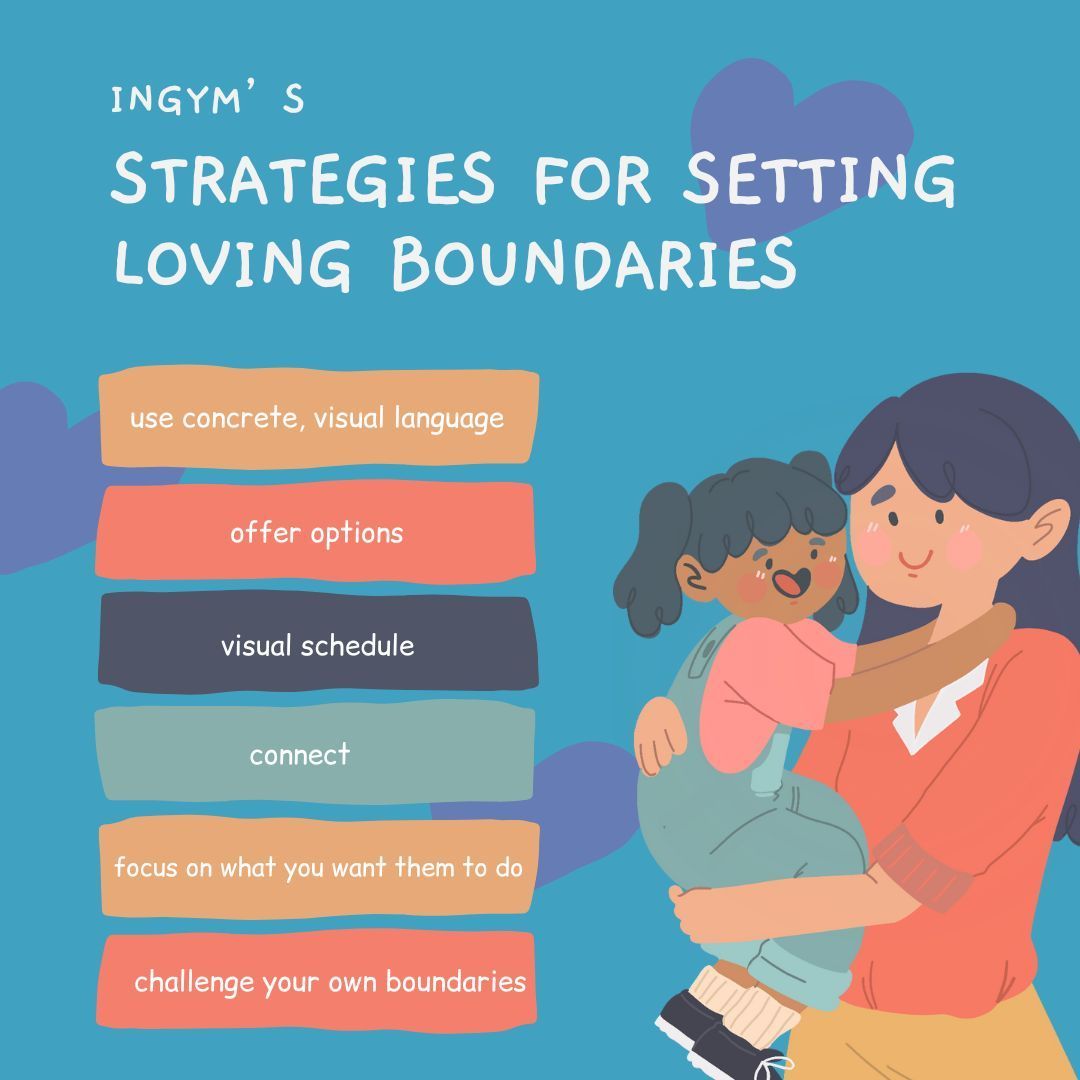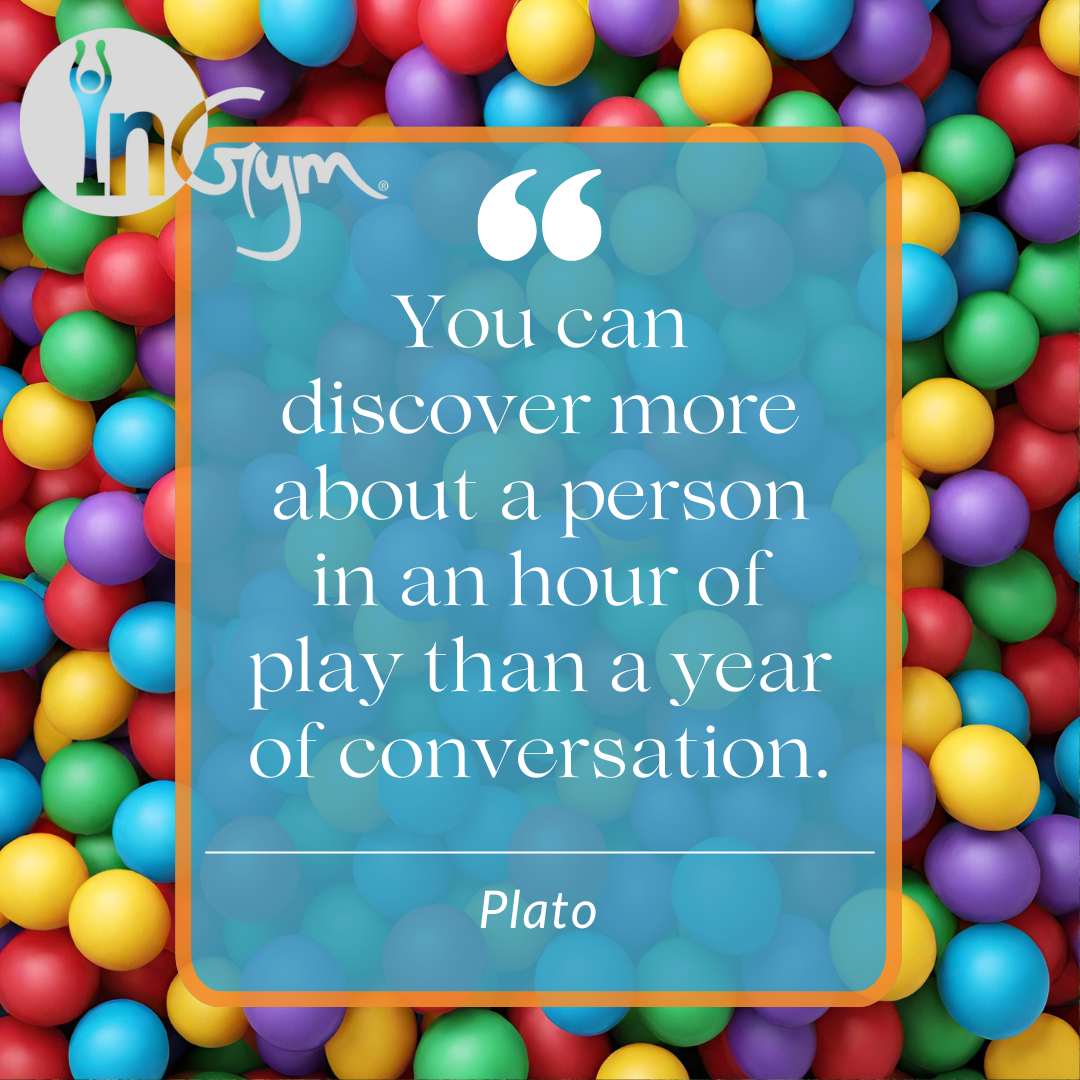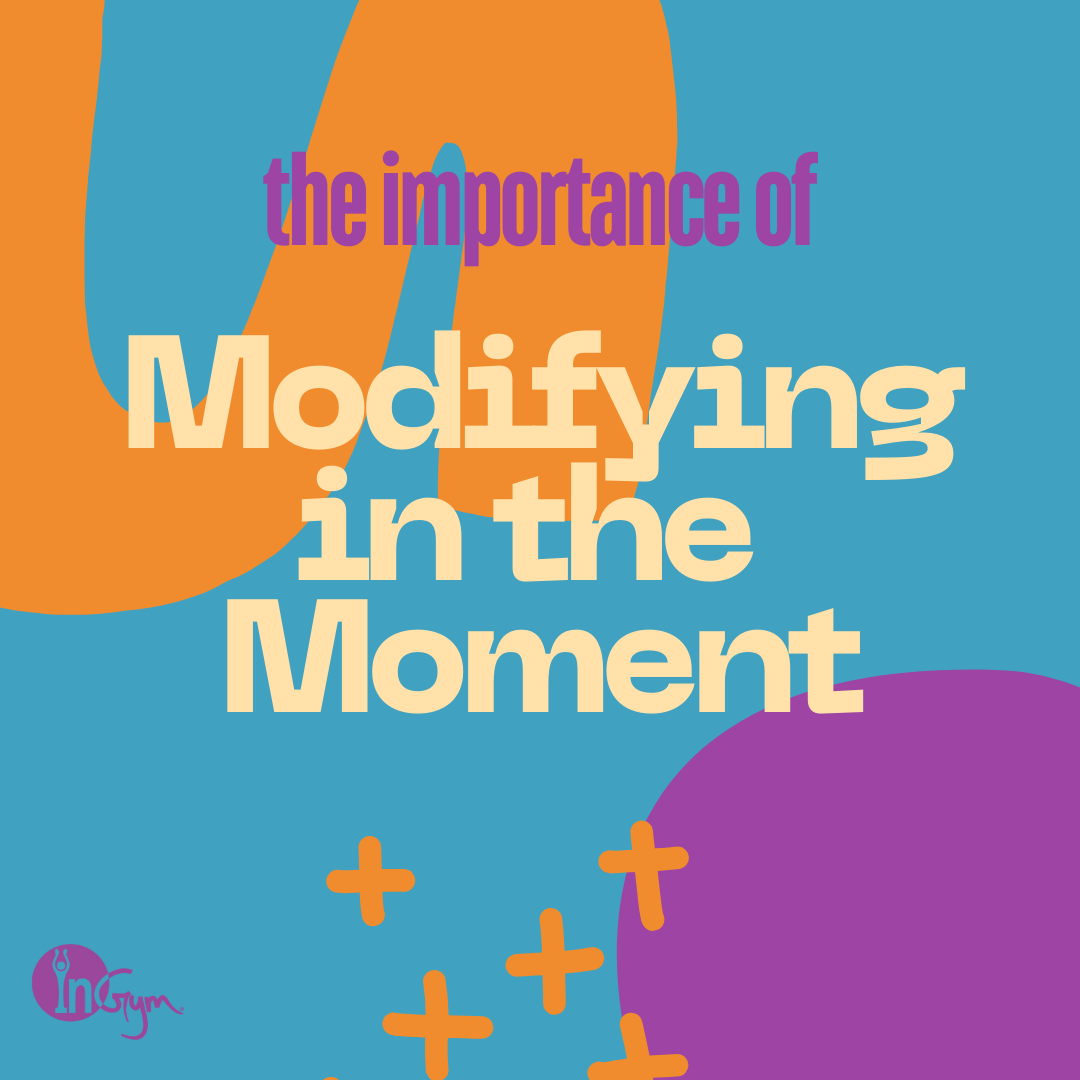Touch:
A Powerful Sensory Tool in Regulating the Nervous System & Strengthening the Parent-Child Relationship
One sensory tool that helps strengthen the parent-child relationship and holds regulating abilities is touch. In the Bay Area, where our children and adults are overscheduled and met with high expectations, it is hard to carve out time for healthy positive forms of touch. However, touch from a loved one is an important part of development! This sense has a direct connection with our emotional wellbeing and calm centers of the brain for learning. When a loved one, such as a parent, provides loving, positive touch, the receptors send signals down two pathways in the brain:

1. The first pathway sends signals to the somatosensory cortex, which perceives temperature, pain, texture, speed and pressure (the quality of touch). If someone gives you a high five, you may feel the temperature of their skin, if they have rough or smooth hands, or if they touched something sticky or hit your hand with too much force.
2. The second pathway includes the vagus nerve and sends information to the emotional cortex. The stimulation of the vagus nerve activates the parasympathetic nervous system to decreases the flight or fight response and decrease stress. While the emotional context is given information regarding the positive touch. This makes touch a powerful tool to help calm, regulate, and bond with our children AND why high fives are so encouraging! The fun “clap” paired with a moment of connection bridged by two soft hands is motivating.
Here are six mindful ways we recommend incorporating touch while interacting with your children:
👉🏻 provide deep hugs throughout the day
👉🏻 massage legs and arms while applying lotion during your child’s bedtime routine
👉🏻 cuddle during a family movie or board game
👉🏻 pat your child on the back
👉🏻 hold hands or give high fives!
👉🏻incorporate “rough housing” play by getting down on the ground with your child and tickling, rolling, and throwing them over your shoulder
How will you incorporate touch when you next interact with your child?








